Transient Response
20% Load – 20ms
| Advanced Transient Response 20% - 50 Hz - No Caps | ||||
| Voltage | Before | After | Change | Pass/Fail |
| 12V | 12.085V | 11.988V | 0.80% | Pass |
| 5V | 5.099V | 5.023V | 1.49% | Pass |
| 3.3V | 3.293V | 3.147V | 4.44% | Pass |
| 5VSB | 5.144V | 5.104V | 0.77% | Pass |
50% Load -20ms
| Advanced Transient Response 50% - 50 Hz - No Caps | ||||
| Voltage | Before | After | Change | Pass/Fail |
| 12V | 12.072V | 11.976V | 0.79% | Pass |
| 5V | 5.091V | 5.011V | 1.58% | Pass |
| 3.3V | 3.286V | 3.133V | 4.66% | Fail |
| 5VSB | 5.093V | 5.042V | 1.01% | Pass |
The transient response is good at 12V and 5V but needs improvement at 3.3V.
Transient Response ATX v3.1 Tests
The PSU passes all ATX v3.1 transient response tests, but the 12V and 3.3V rails drop low.
The 12V rail doesn’t perform well, dropping low on all tests.
Pages:
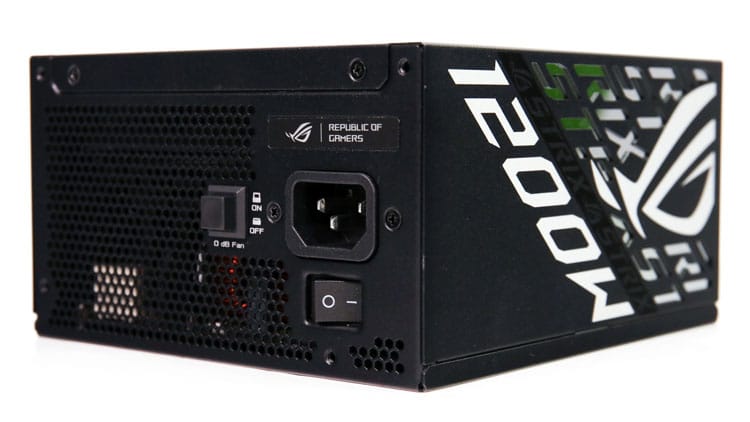
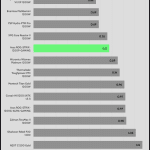
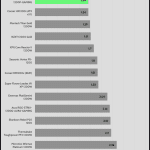
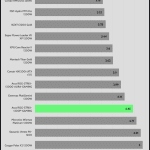
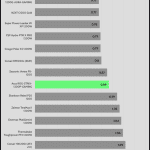
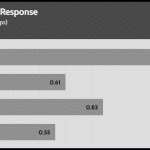

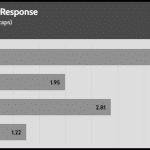
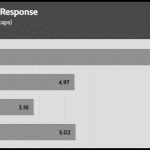
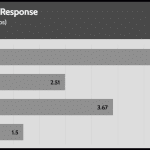
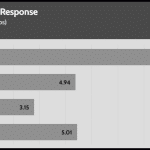

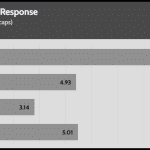


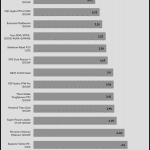

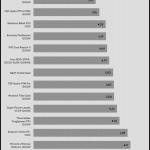
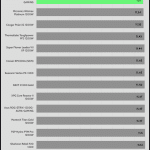
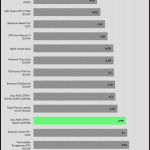
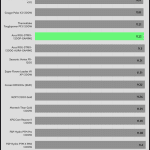


@crmaris, what do you think of ASUS ROG Strix 1200W Gold Aura Edition? Is it worse than this one?
Why Asus says on their Website only PCIE 5.0 ready? Is there something missing?
Marketing didn’t get the memo 🙂
This one states PCIe 5.0 compliant, and on Nvidia’s website 5090 requires PCIe 5.1 compliance.
Will this PSU still be good for 5090?
it will be ok yes.
So Asus is going to release a rev. 2 of this PSU with updated fan?
Or you just going to be lucky to get one with better fan?
This is so sluggish of Asus.
I was really hoping this PSU would be the one I would buy, instead of the FSP hydro ti pro 1000w.
They installed new fans, after we found this issue.
actually this unit has the improved fan.
So with the new fan, do you recommend this over the FSP hydro ti pro 1000w in terms of pure silence?
Nope
I read that ball bearing fans become significantly louder over their lifespan, so they’re deceptive in terms of noise. Is that true? Also, I read that if they’re dropped they can be ruined, so they’re more delicate than FDB fans. It seems like a no-brainer to exclusively use FDB fans in high-end PSUs. Ball bearing fans appear to be able to produce more static pressure than other fan types but since FDB fans apparently can be used in low-noise PSUs, it seems that that advantage isn’t enough to outweight the drawbacks.
With not high quality DBB fans yes this can be the case.